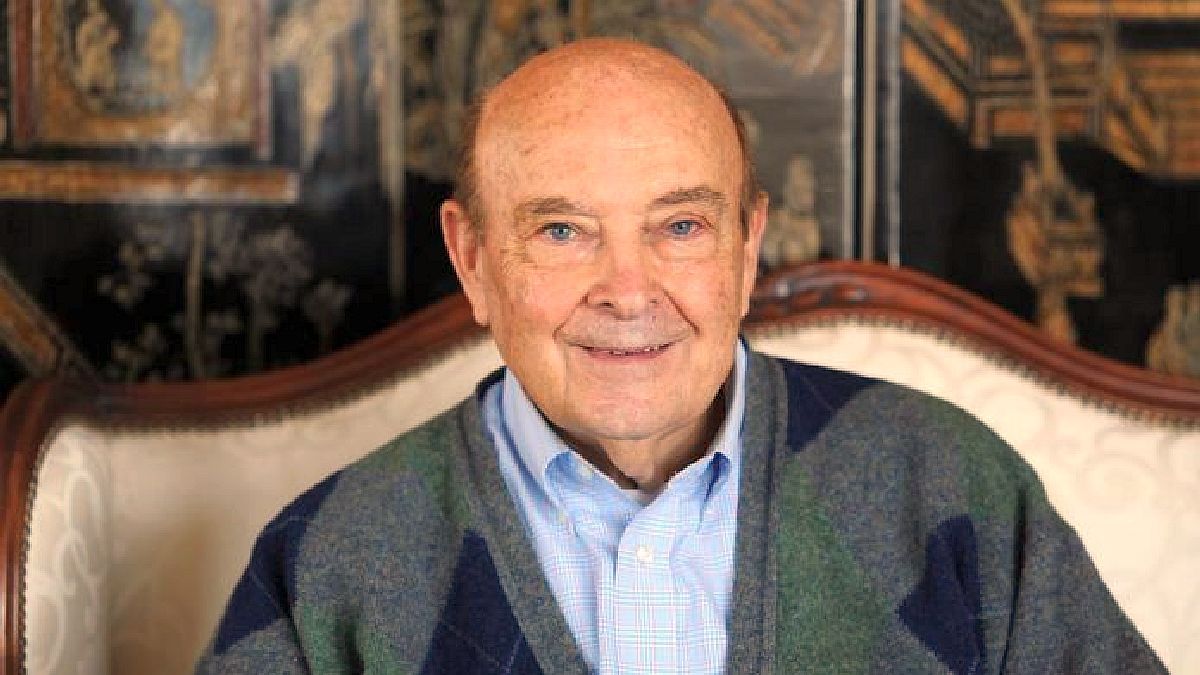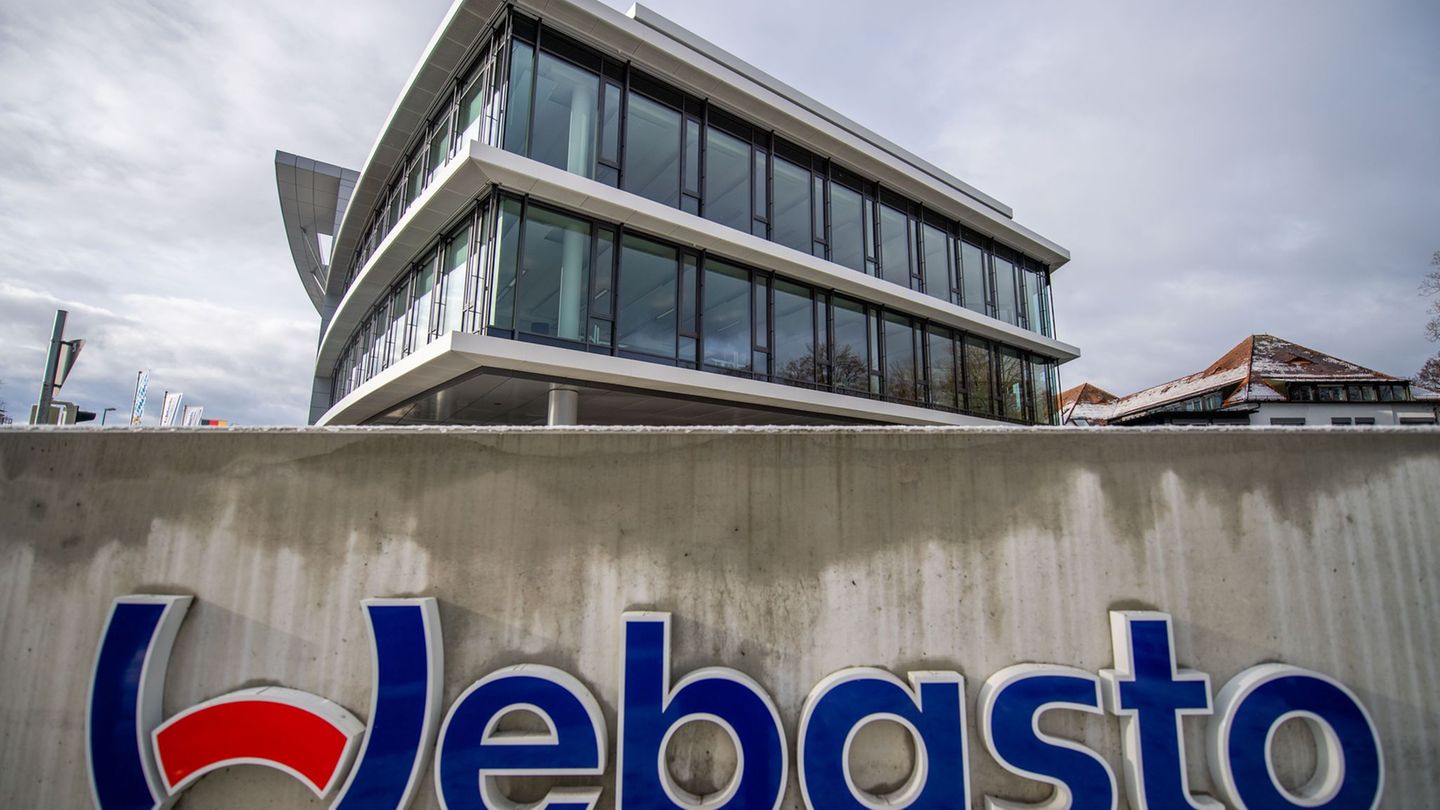However, it was far from correcting different conflictive aspects that the convertibility system exhibited. Another ingredient was that the union struggle, with a strong foundation and grassroots support, was deepening after three years of recession: social conflict was growing steadily. In this scenario, and when a hypothetical growth process with Cavallo resumes, the bid would tend to lead the convertibility system to more and new dangers. For example, it would be necessary to take into account the irreversible disorders of the disfigurement suffered by the productive structure. All the propellant they symbolized, durable and semi-durable goods, the auto parts industry and textiles, were legend.
A special chapter was the analysis of the system for receiving and distributing dividends in the 1990s. Judging by the results, it did not obey any compounding principle from the point of view of the interest of society as a whole. We were then in the second stage of Cavallo, faced with new dilemmas. By case, If the allocation of the benefit of growth under convertibility had been inconsistent, so would now a compulsive reengineering of the distribution, if the union power proposed to oppose everything previously done. Cavallo faced a resurgence of political questioning: does the system fail in itself or, what fails was the allocation of the remainder and the detrimental consequences of the concentration of its benefits? One of the virtues of the 1991 model convertibility was the great political consensus reached. Something that in 2001 was not being reproduced.
Therefore, it seemed appropriate at this stage for the state to anticipate and codify the use of the remuneration of a next stage of growth. Projections of the capitalization rates of the country had to be made possible. The reengineering of the convertibility system inevitably required increasing the rate of accumulation of reproductive capital, above all at the expense of the superfluous consumption to which citizens had become accustomed. A rational use of growth should allow a larger portion of the labor force to be extended. To alleviate the crisis, and assuming their responsibility for it, the most favored up to that moment could contribute something. This “new Cavallo” proposed that the resources come from the companies and entities most interested in the convertibility system remaining in place. In the relaunch of convertibility, all companies should continue to operate freely in the market, but this time, in accordance with certain basic conditions established by the state.
The criteria that guided the action of the State in this sense, had to be established through Congress. It did not seem a bad idea, after so much folly, to consider institutional rationality -remembering the DNU- in the objectives of respecting the powers of the State and the institutions. With an appropriate legal framework, the institutionality, productivity and income could progressively improve. All this would require changes in the mechanisms of the State and new rules of the game that would ensure stability in the rational allocation of the fruits of growth. The transformation that was coming, represented a synthesis between the potential growth in freedom and the structural correction in the disparity of the income distribution, a great matter pending convertibility. The crisis of the recession gave way to the metamorphosis of the convertibility system inaugurated ten years earlier, in 1991; Deep mutations were needed, but it was necessary to understand why, how and for whom they would be carried out, since they demanded support from Congress and the political forces. Cavallo was used to these vicissitudes. Furthermore, very few economists respected by the establishment could dispute – the now minister – the privilege he enjoyed for his achievements from 1991 to 1996. The technocratic prestige, evaluated in terms of results, seemed to give him what he needed to face an adverse political map. But the “new Cavallo” this time had to face harsh criticism from the two most influential orthodox think tanks: CEMA and FIEL. For Cavallo, behind these critical voices of his program criticized as “heterodox” was the President of the Central Bank, Pedro Pou. Who had the sympathy of economic consultants and financial operators who tried to dismantle the operation mounted by Cavallo to dismiss Pou through a trial for breach of the duties of a public official. For Cavallo, former Menem officials and Menem himself were behind everything, including the negotiation of extrajudicial formulas to alleviate the judicial indictment in the matter of arms smuggling to Ecuador, produced during his mandate. At that time, Menem and Cavallo already had a manifest enmity, which had been gestated-probably, when Cavallo understood that Peronism was not going to accompany his presidential aspirations.
The CEMA that Pedro Pou had co-founded, now demanded from Cavallo what Roque Fernández and Carlos Rodríguez had not done when they were substitutes for Cavallo as minister and vice minister of economy during the Menemist decade – to take radical measures of fiscal orthodoxy. Since his appointment, the application of the most despised and stigmatized amendments by CEMA and FIEL has been witnessed. We were witnessing the most extreme political displacement of ultra-orthodoxy, typical of authoritarian regimes, which in Argentina had a vision and even had a less democratic performance of the actors.
Remembering the “Chicago boys”, we will be able to evoke and understand the incipient associative constitution, between politics and international finance, with its future actors graduated from the most prestigious universities in the United States. As Fourcade (2006) argument, the globalization of economics has brought about the creative destruction of local professional spaces. While certain practices were rewarded and expanded, others were penalized and disappeared.
It is worth asking, in this framework, why the so-called “competitiveness plans” were never implemented. One of the possible explanations is that, after the Menem decade and with the continuity proposed by the De la Rúa government from day one, the distrust of the industrial sector – one of the supposed beneficiaries of the “new Cavallo” – was very important. So much so, that a new Argentine Industrial Union (UIA) appeared, with “a role very different from the one historically known” (see Page 12, 10/1/2001). The industrialists of this stage were active, and this would be seen with greater clarity after the fall of De la Rúa, when this unionism of “production” was incorporated into the government of Eduardo Duhalde.
Already in 2001 the figure of José Ignacio de Mendiguren, then head of the UIA, began to emerge, with increasingly strong opinions against economic policy, making statements to the press, and holding permanent meetings with politicians and trade unionists. This UIA, which began to change its profile in 1999 after the Brazilian devaluation of the previous year, was openly fighting for the “suspension” of Argentina’s membership in MERCOSUR. In an interview with Página 12 published on October 1, 2001, already in the midst of Cavallo’s “orthodox turn”, De Mendiguren denounced that “that Goodyear, Unilever, Gillette, La Montevideana and hundreds of companies went to Brazil”, he said that the underlying problem was the fixed exchange rate. “We have a real exchange rate with an absolutely anti-productive bias. That is crystal clear. In the last 9 years we had a 10 percent revaluation of the peso against the dollar, while the main world currencies devalued between 30 and 40 percent ”.
Regarding the “new Cavallo”, he said that “Cavallo chose the path of competitiveness plans, seeking to improve the real exchange rate, since the nominal exchange rate cannot be touched (…) Change is the construction of a comprehensive model. Talking about devaluation without a plan behind it is nonsense. It is a leap into the void. But it is also clear that we must solve the problem of the revaluation of the currency. And that we must create a financial system that reconciles its solidity with the financing of production. And that we need to improve the redistribution of income and the territorial integration of the country. “
As De Mendiguren expressed at the time, a political and business consensus was already being consolidated (at least, in the national industrial entrepreneurs) around a comprehensive change in the economic approach, which included reevaluating convertibility, devaluing the currency, and also including active policies. in industrial matters. All this, a year later, Duhalde would baptize it as a “productive model”. Therefore, one of the problems of the “heterodox turn” of the “new Cavallo” is that it fell before a social group that was demanding other things. Cavallo’s “audacity” was no longer such, because the supposed beneficiaries of the “competitiveness plans” were already asking for more things, including the exit from convertibility. Cavallo was no longer the person who could convince those who asked for an orthodox turn, because they observed with concern the political instability of the entire government, nor was he someone who could conform the aspirations of the national industrialists who asked, in an increasingly sonora, a change in the economic model, with more and more demands – and not just devaluation. In short, the “new Cavallo” found no place in the economic policy of 2001, only deepening his technocratic isolation. It will continue tomorrow.
Professor of Postgraduate UBA and Master’s degrees in private universities. Master in International Economic Policy, Doctor in Political Science, author of 6 books. @PabloTigani
Source From: Ambito




